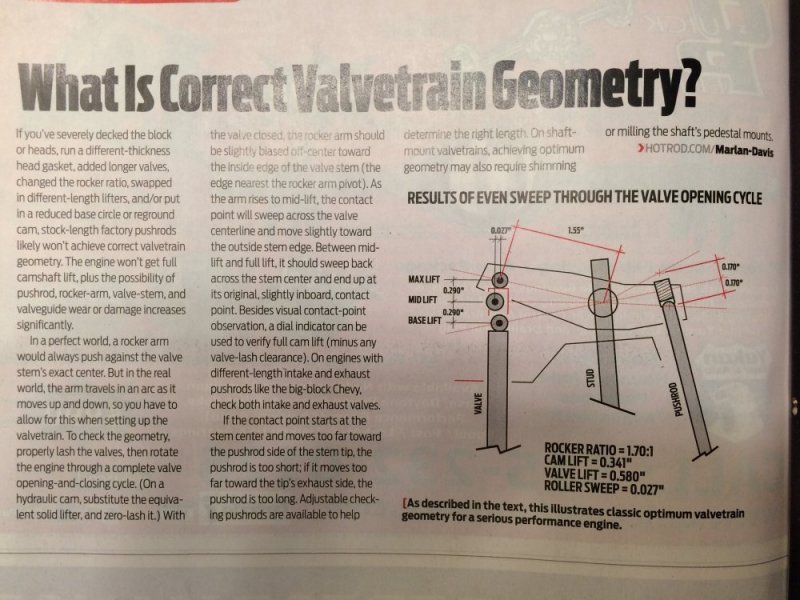n8in8or
I never met a project I didn’t like
It was on all 8 to varying degrees. This one was the one that showed up best in a picture.Thats definitely not like the pics that were going around. Looks like you said, a light contact. Only on the one piston though?

